Best TVs for PS5 2026: Perfect PlayStation 5 TVs made for gaming
Get the best from your PS5 for gaming with these perfectly matched TVs

Louise Blain
You want one of the best TVs for the Sony PS5? You've come to the right place! The PlayStation 5 is a brilliant console with great games, which can look even better on the best TVs. Here I've highlighted all the necessary features and specs to bring you this carefully curated list of the best TVs for PlayStation 5 – to save you having to do any further research for yourself.
Price and size are of course going to be important considerations, and that's why there's a variety of TVs across all the price points – and if the perfect budget TV for you isn't here, we suggest checking out our guide to the best TVs under £1000.
I'd then recommend making sure you're thinking about the tech features you want. For the PS5, that means a 4K resolution, the latest HDMI 2.1 standard, and features such as Variable Refresh Rate (VRR) and Auto Low-Latency Mode (ALLM). Click on those explainer links if you want to know more.
There are many great options when it comes to the best gaming TV, but this list is specifically for those that work best with PS5 (if you use Microsoft's console, check out the best Xbox Series X TVs). Without any further ado, here are my top picks:
31 December: Refreshed for 2026. 11 July: We revamped our guide to the best televisions for the PlayStation 5, with new models from LG, Samsung, and Amazon.
T3's Top Picks
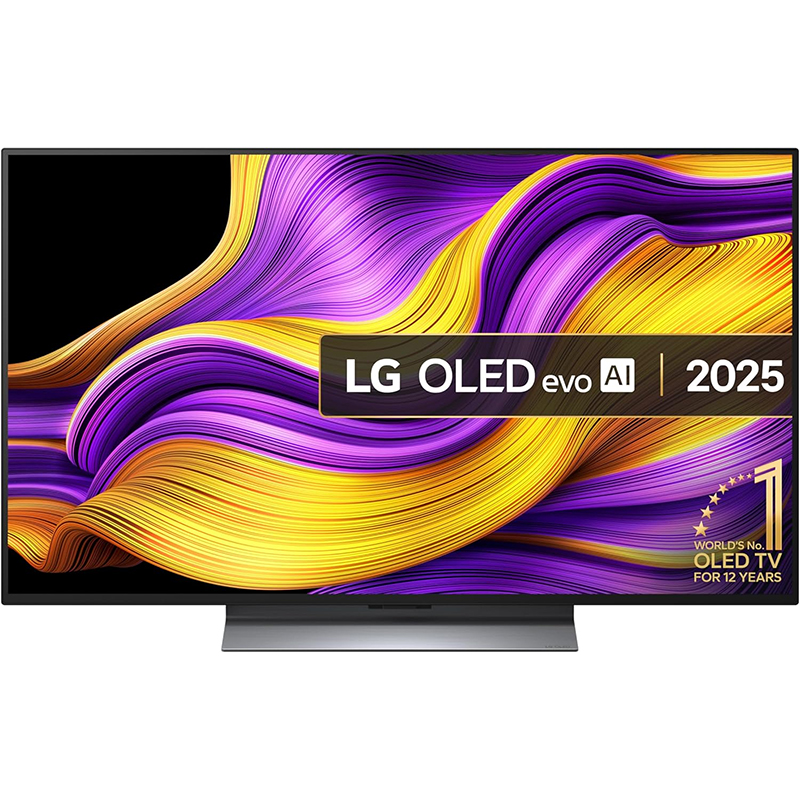
Best overall
The LG OLED G5 has been attracting plenty of praise from anyone who sets eyes on it, and we're no different: it's a stunning OLED television set that will show off all content (including PS5 games) brilliantly. It's the brightest classic OLED we've seen, with full support for pictures at 4K and 165Hz across all four HDMI 2.1 ports.
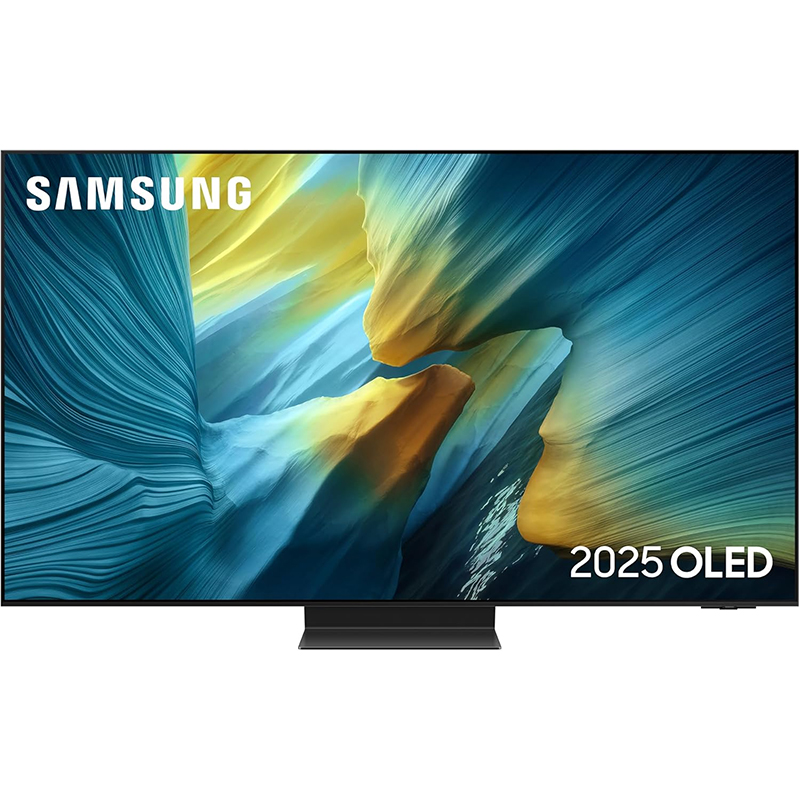
Best premium option
The winner of T3's Awards for best gaming TV, this high-end Samsung delivers a beautiful picture from its QD-OLED panel, plus superb sound without needing any additional kit. It's loaded with four HDMI 2.1-capable ports for the best gaming performance, though as usual with Samsung there's no Dolby Vision support.
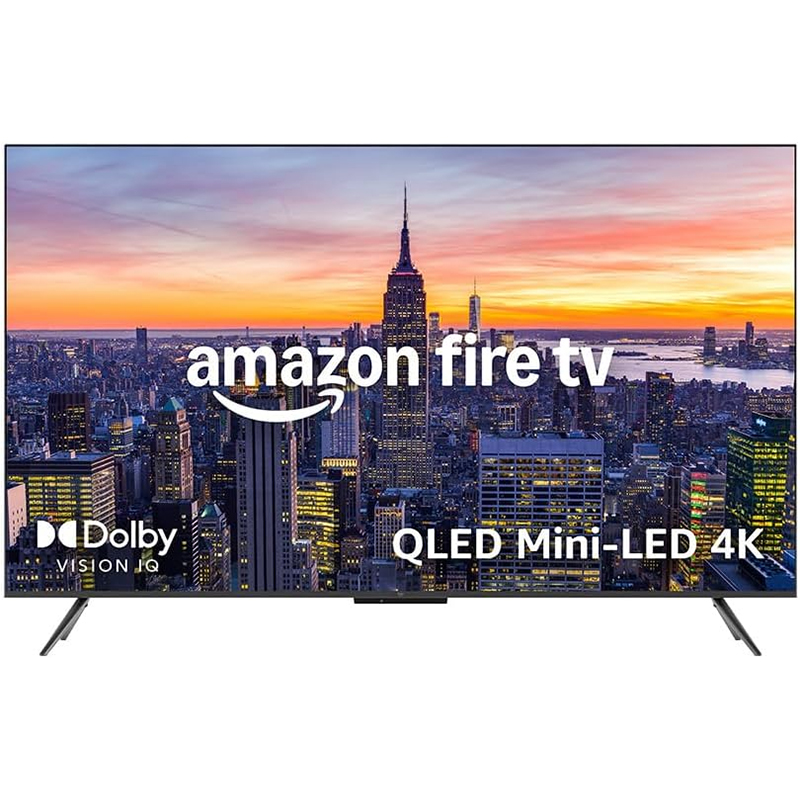
Best affordable option
We know a good value television set when we see it, and that's what we've got with the Amazon Fire TV Omni Mini-LED 4K TV. The lower price means there are some compromises in terms of performance and features, but you also get a vibrant, clear picture, as well as an engrossing PS5 experience via 4K/120Hz HDMI 2.1 support.
The best TVs for the PS5 we recommend in 2026
Best overall
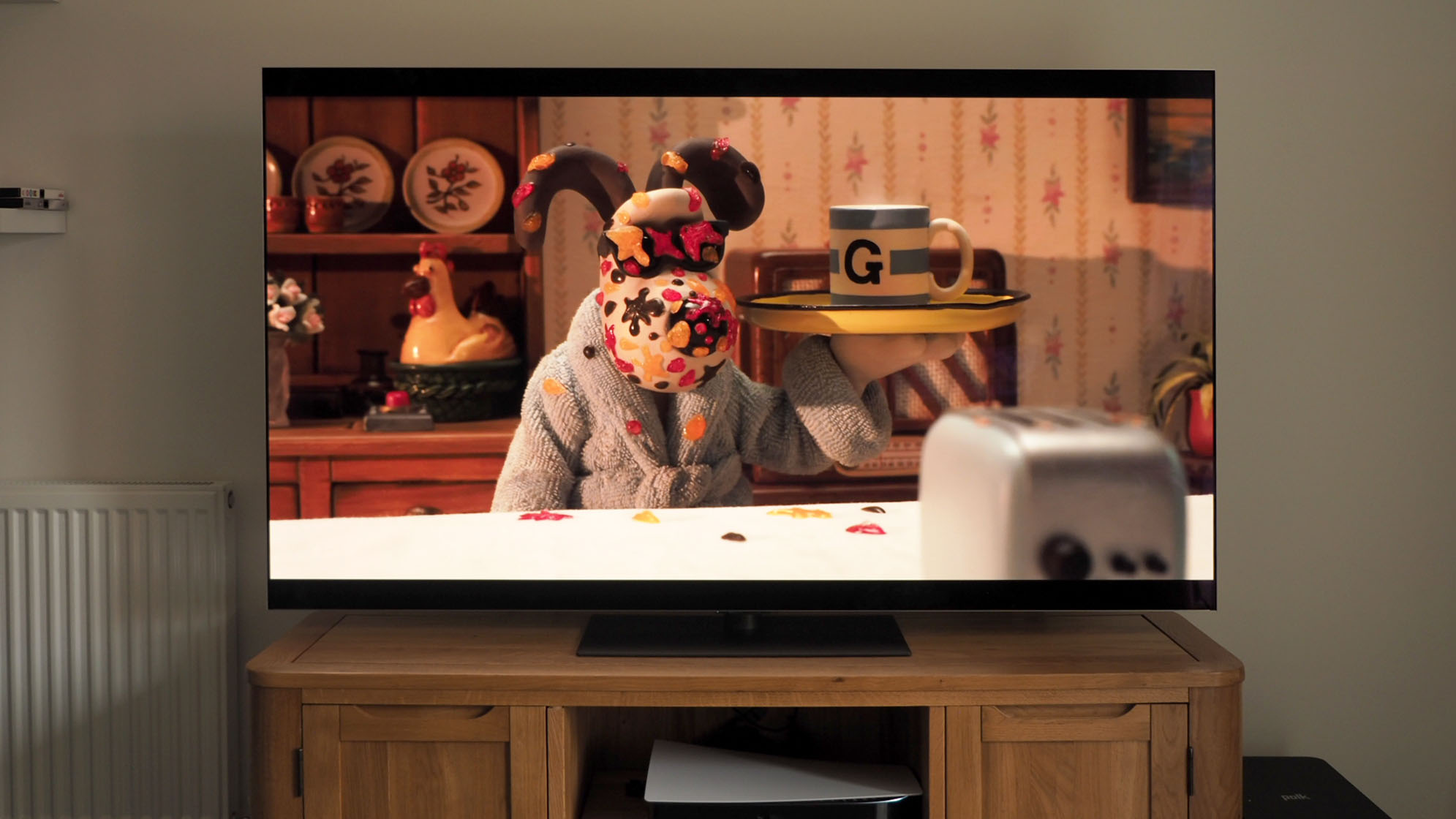
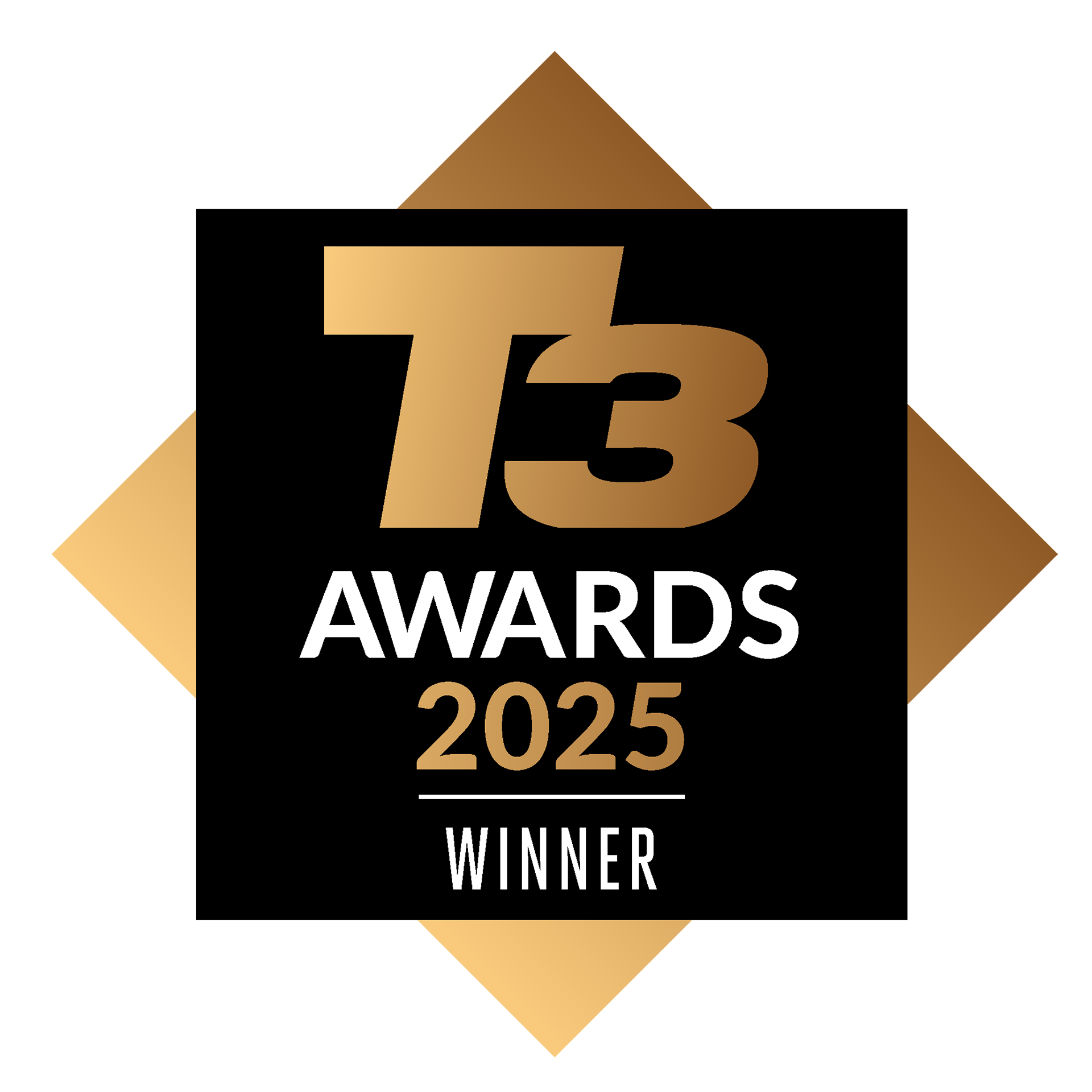
Specifications
Reasons to buy
Reasons to avoid
We've almost run out of superlatives to describe the LG OLED G5, but suffice to say, this could very well be the TV of the year. It delivers stunning picture quality from any content source you want to hook up to it (a PS5 in this case), and it offers a total of four HDMI 2.1 ports.
That means they all support the top spec that PS5 gamers are going to want, including the all-important 4K resolutions and refresh rates up to a huge 165Hz, so you should be well covered for the next generation of Sony's console too, whenever it shows up.
Away from gaming, the LG OLED G5 excels for sports, movies, and just about anything else you want to watch too. OLED tech has always been a guarantee of a superb picture, but it continues to get better, and this television represents the pinnacle of where the tech is right now.
There's much more about this model, including all the key details and specs, in our LG OLED G5 review.
Best premium
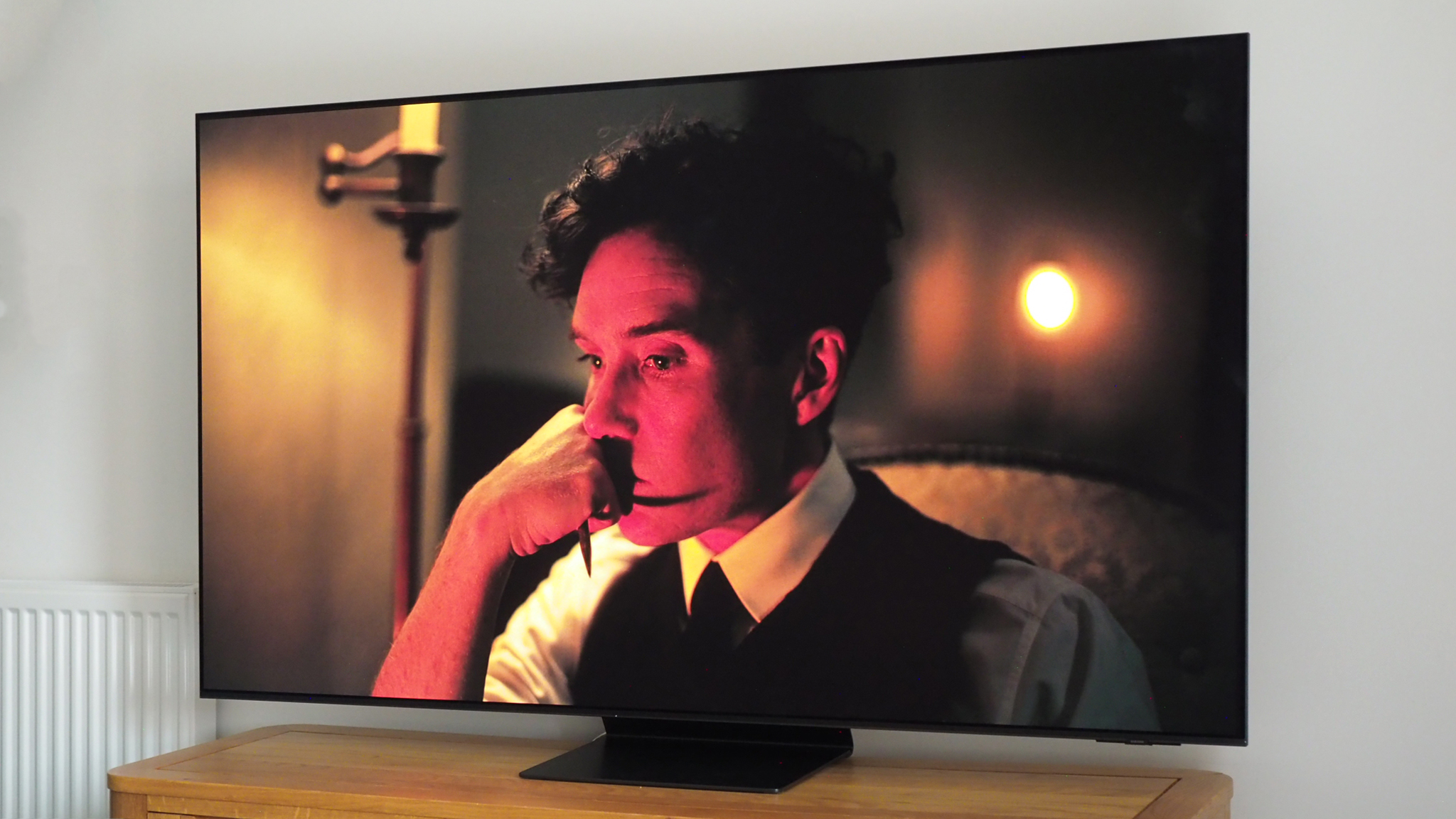

Specifications
Reasons to buy
Reasons to avoid
If you're wanting to go all-out and are ready to spend whatever it takes, then the PS5's perfect mate could well be the Samsung S95F. Indeed, it's just picked up the prestigious best gaming TV title at the T3 Awards, so you know you're getting a top quality model here.
There are no real weak points to talk about here – it's all great. You do of course have the four HDMI 2.1 ports that gamers are going to look for first, with support for 4K and refresh rates up to 165Hz (at 1440p), plus all of the gaming tech extras that the PS5 is able to take advantage of.
The benefits don't stop there, because you've also got superb black levels and brightness from this QD-OLED panel, anti-glare technology that actually works, and sound quality that's good enough that you're not going to need to invest in a soundbar.
All the specs and details you need to know about are in our Samsung S95F review, a full look at this model.
Best affordable option
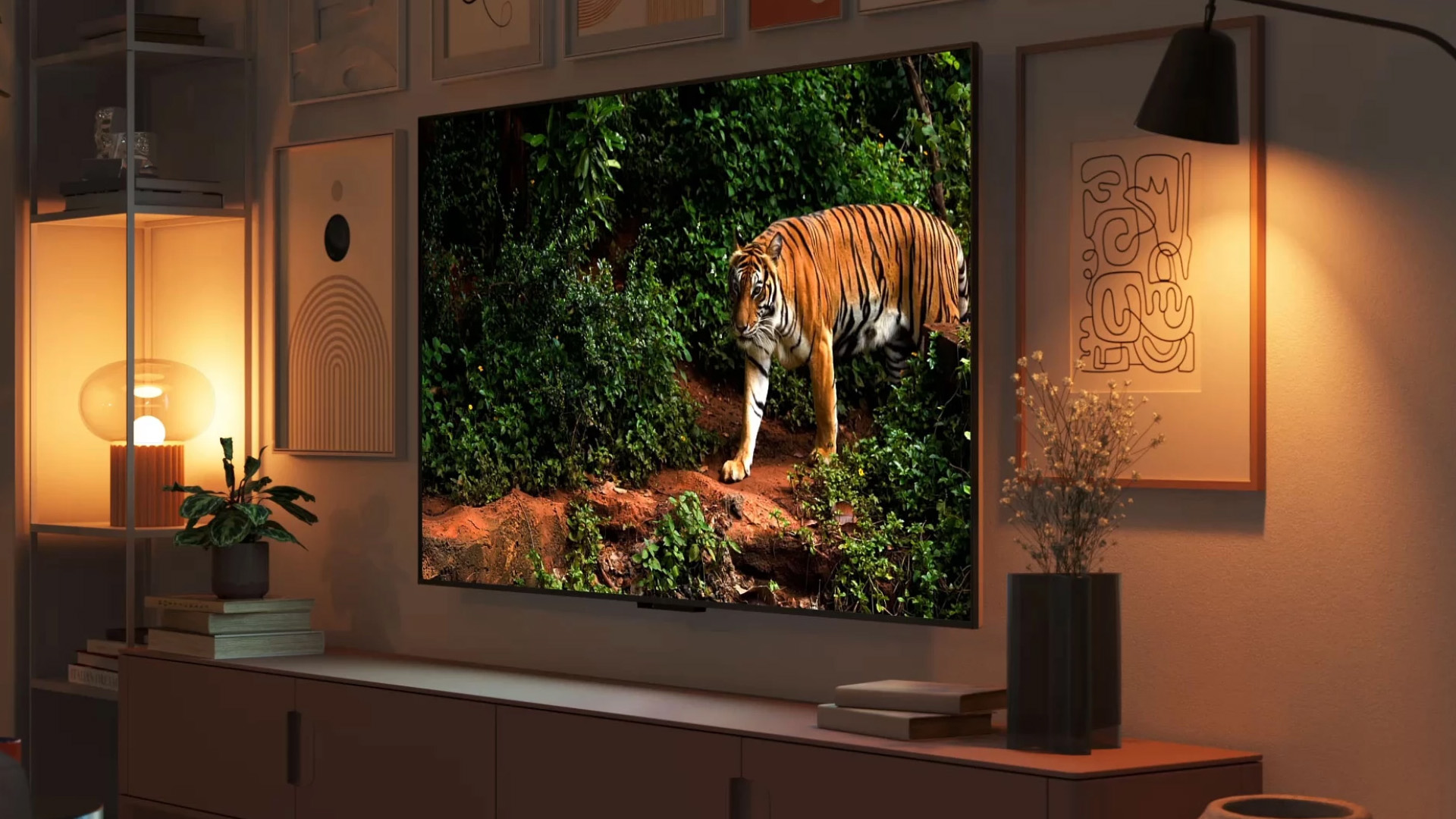

Specifications
Reasons to buy
Reasons to avoid
Even if you're on a budget when it comes to the television set you're pairing with your PS5, you can still get a very decent model indeed – as the Amazon Fire TV Omni Mini-LED 4K TV proves. It costs much less than some competitors, without sacrificing too much in terms of picture quality and features.
Of course you've got the solid and versatile Fire TV OS software that you may be familiar with from Amazon streaming sticks, giving you access to all the best streaming apps when you're not busy gaming. It's a really well constructed TV too, with a high-quality Mini-LED panel that allows content of all kinds to shine.
Only two out of the four HDMI ports support the 4K/120Hz HDMI 2.1 standard that gamers are going to be looking for – one of the trade-offs made to get to this point – but how many PS5s are you going to be hooking up to this screen anyway?
Learn more about this set through our Amazon Fire TV Omni Mini-LED 4K TV review, which includes all the details you need to know.
Key features explained
HDMI 2.1: This is the latest version of the connection tech. It looks just like older HDMI ports, but can handle 4K 120Hz, VRR and ALLM – which we'll explain in a moment. Here's our full HDMI 2.1 guide, if you want more info.
4K 120Hz: The PS5 is able to play certain games at 4K resolution at 120 frames per second, which makes things super-clear and responsive. In order to actually see this on your TV, though, your TV needs two things: it has to have a 4K screen capable of refreshing at 120Hz (120 times per second), and it has to have an HDMI 2.1 connector, because it's too much data for older versions of HDMI to handle. We have a more in-depth 4K 120Hz explainer here, if you want to dig in.
VRR (Variable Refresh Rate): This technology enables the PS5 to tell the TV when it should refresh and show a new frame, instead the refresh happening at set regular intervals. This means that games can vary their framerate slightly with their being any weird graphical glitches from the fact that they're out of sync with the TV – which means games can be more flexible with including fancier graphics, or can run at higher framerates than usual. If that seems confusing, here's our full VRR explained guide, including a video. The PS5 will support the HDMI 2.1 version of VRR only (it's coming soon in an update), but not FreeSync or G-Sync, which are the same concept implemented differently.
ALLM (Auto Low Latency Mode): This means the PS5 tells the TV to switch into a 'gaming' mode, where less image processing is applied, but it means every frame the PS5 creates is shown on the TV screen more quickly – making games more responsive. Again, it's an HDMI 2.1 feature, though TVs without HDMI often support it, or have their own version of it.
Auto HDR Tone Mapping: A feature unique to Sony Bravia XR TVs, and it means constant communication between your console and the TV to map the lightest and darkest parts of a game's HDR to the lightest and darkest that your TV can manage, so you get the best HDR range at any time. Basically, it makes games look better.
Get all the latest news, reviews, deals and buying guides on gorgeous tech, home and active products from the T3 experts

Mike is T3's Tech Editor. He's been writing about consumer technology for 15 years and his beat covers phones – of which he's seen hundreds of handsets over the years – laptops, gaming, TV & audio, and more. There's little consumer tech he's not had a hand at trying, and with extensive commissioning and editing experience, he knows the industry inside out. As the former Reviews Editor at Pocket-lint for 10 years where he furthered his knowledge and expertise, whilst writing about literally thousands of products, he's also provided work for publications such as Wired, The Guardian, Metro, and more.